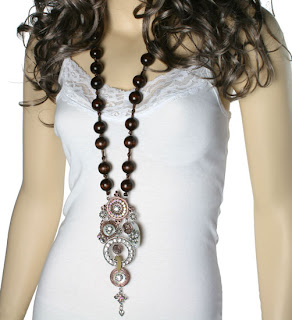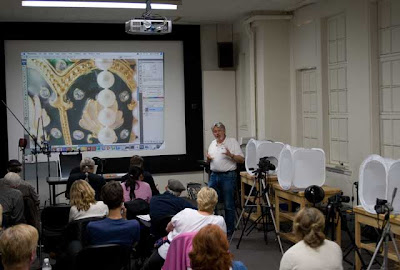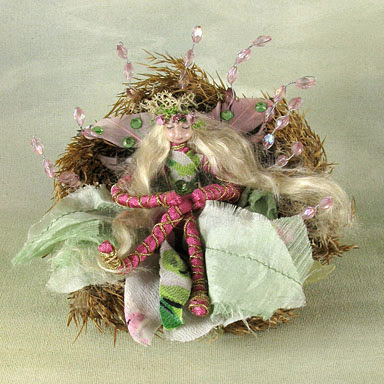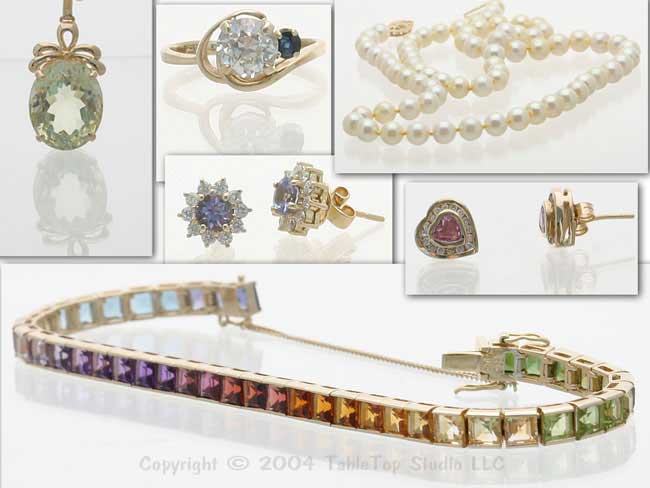Tips & Tricks

Why I never ever use a light meter in my photo shoots
Smoking Strobes-Glamour Photo Tips



Maybe you are one of the photographers loving to use a light meter when setting up studio light. That’s totally cool. Or maybe for you a light meter is an utter waste of time and you wouldn’t touch it with a 10 foot pole.
That’s cool as well. But then there are a whole lot of people who are wondering if metering light the old fashion way would hold any magic and add quality to their photos. If you are one of them, then this video is for you. I thought I’d show you how I use a light meter (when students force me to do it) and then, I show you why I never ever use such a device when actually producing real photos.
Some unphotoshopped example photos of our shoot:
Model: Emily
I wish you good light!
-- Michael
Hey fellow photographer, how is it going? I am Michael Zelbel and with me I’ve got my wife Emily and we are going to show you how I usually adjust the power of manual flashes like this mono block over here and I want to show you who to do that with the lights meter and I want to show you why I never ever use a light meter, now it is just for demonstration purposes, strangely enough a lot of people ask me what light meter should they buy and it is even people who make very decent light without any light meter, sooner or later they come across a foreign post or a professionalist that is telling them you need to have a light meter to make really professional light and so on and that is all bull. It is just not true, if you want to make really, really good light and spot on then you can do that with your histogram and digital camera and the preview LCD. Those 2 things give you much more accurate information than any light meter, the lighting set up that we have over here is simple but kind of tricky we have got auto box with louvers which usually would make very soft light but since it’s 1.5 meters or 6 feet away from the subject, that is kind of hard again, that is already a very big distance, so it is hard to guess how strong it will be and another thing is usually I will have the auto box higher but since it is making hot light now, it would be higher ,the jewelry that Emily is wearing would throw veryharsh shadows into her forehead so I lowered the auto box until it was approximately the height of her face and it is very hard to guess wether this light is charming or not so just from seeing the lighting set up, I wouldn’t know where I am in terms of setting, in terms of artistic quality of light but anyway. Let us suppose I want to use a light meter to meter this flash then what I would do is I would have it at the height of her face and flash and it say f/22.7, now I want to have f/16. What I would is I want to turn it down quite a lot to 1 ½ F stops roughly, it would be here, meter again, now it is at f/16.3 I could finetune it so that it is exactly f/16 but what is it exactly mean f/16? It means if my subject is neutral grey, she is not completely black, she is not completely white, then f/16 she is neutral grey and she got a non reflective surface, in other words if the surface efficiency of her is very low, then f/16 would lead to a great exposure. I mean neutral grey is probably not so important but it is non reflective, she is wearing jewelry which is very reflective, she is wearing a shirt and a panty that is reflective, we don’t know I mean the light meter doesn’t know and we all have to facture all that pain. I mean she is also has skin her skin is not neutral grey, it is not non reflective and it is good that way because if it would be, then she would be a zombie and I would be very afraid. So if I would now start shooting with f/16 like light meter told me I would be very disappointed, we do that, we see the light is very dull, it is too dark, her hair is sinking into black and we see all we should have exposed much higher and contrast to that, if we don’t use the light meter, we just use the camera LCD. What I would do right now is I would take a shoot and see it is too dark, I would dial up the flash again by probably one-f-stop and then have a look, does the light look good in my display? Is it what I want, dial it up until I would say yeah this is the light I want and then I look into the histogram and in the histogram I can’t see, okay it is not burning out, it doesn’t kiss really white areas, so are not too high with my lights. What I don’t see it is, are there are dark areas into her hair which are sinking into black, so in order to find out that, I go closer, I go really close to her and shoot a photo of just her hair and probably a piece of jewelry and then see does the histogram still have areas which are really, really sinking into the blacks and if not, then I don’t have really black skin there on my subject I don’t have highlights which are burning out, so now the 2 information set I have got is on the one hand the exposure is technically correct and on the other hand it is artistically what I want, so that is something which really helps me in contrast to a light meter which tell me yes, it is roughly at f/16 and still I won’t get the results that I want. Alright but anyway no matter if you are using light meter or not, I wish you a lot of fun with your photo shoots. I hope to see you next Thursday in the next video and until then, I would wish you good light.









